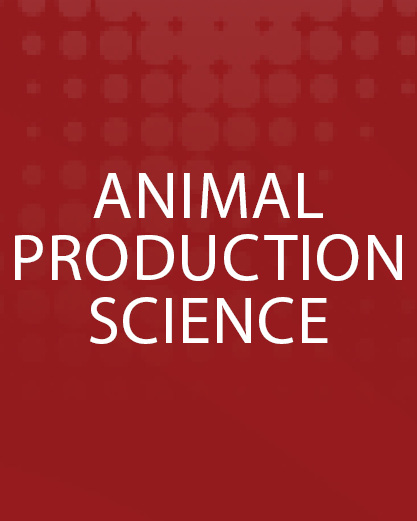Document type: Scientific review published in Animal Production Science
Author: Megan Verdon
Preview: Current research on factors affecting the welfare of dairy calves is predominantly based on indoor, year-round calving systems. Calf rearing in these systems differs from that in more seasonal, pasture-based dairy production, meaning that risks to the welfare of dairy calves may not always be comparable between the two systems. The aim of this review was to consolidate the scientific literature relating to calf welfare in pasture-based dairy systems from birth until weaning, allowing for (1) the identification of current and emerging risks to calf welfare and (2) the formation of recommendations to mitigate these risks. Many of the risks to calf welfare discussed in this review are not exclusive to pasture-based dairies. This includes a global trend for increasing perinatal mortalities, a significant number of calves failing to achieve effective passive transfer of immunity, the low uptake of best practice pain relief when calves are disbudded, and the feeding of restricted milk volumes. In addition to these persisting welfare risks, two factors discussed in this review pose an immediate threat to the social license of dairy farming; the separation of cow and calf soon after birth and the management of surplus calves (i.e. calves not needed by the dairy industry). Several recommendations are made to improve the uptake of best-practice calf rearing and progress the development of alternative pasture-based rearing systems that accommodate changing community expectations. These include communication strategies that strengthen farmer beliefs regarding the welfare and productivity benefits achieved by best practice calf rearing and challenge beliefs regarding the associated costs. Farmers should also be encouraged to benchmark their rearing practices through improved record keeping of key rearing inputs and outcomes. Biological research is needed to advise the development of new calf rearing recommendations and the evolution of existing recommendations. Research priorities identified by this review include the effects of dystocia on the neonate and strategies to mitigate these effects, relationships between features of pen design and calf health and welfare, feasibility of dam rearing in large pasture-based dairy systems, and strategies that increase the value of the surplus calf.






